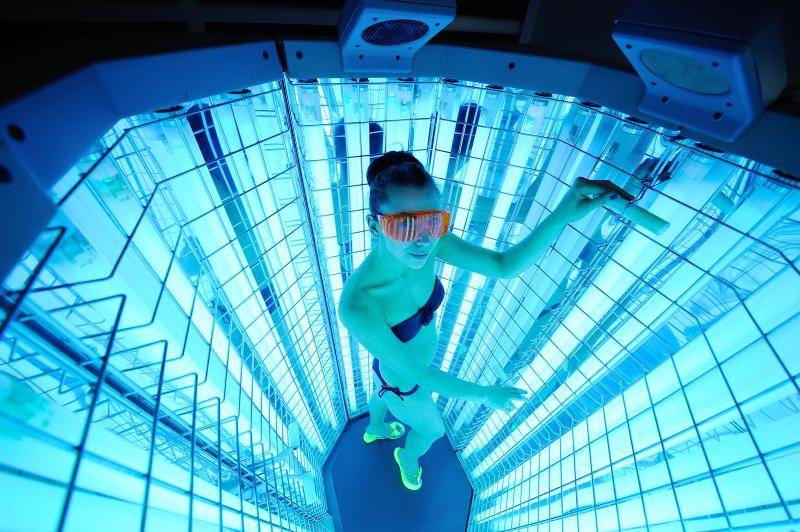
Treatment with photodynamic therapy (PDT) plus aminolevulinic acid (ALA) appears to be effective for some cases of cutaneous squamous cell carcinoma in situ (SCCis), suggests a recent study. In addition, anatomic location, tumour diameter and ALA incubation time contribute to the effectiveness of the combined therapy.
This retrospective review sought to assess the outcomes of SCCis treated with ALA-PDT and examine factors associated with response. Fifty-eight patients with 68 primary SCCis lesions were included, all of whom were treated with ALA-PDT and blue light illumination. The investigators extracted patient demographics, lesion features, treatment details, clinical response and subsequent recurrence from medical record reviews.
The initial complete response upon PDT completion stood at 77.9 percent, and this did not correlate with the number of PDT treatments.
Multivariable analysis revealed that location on the face, tumour diameter <2 cm and longer ALA incubation time were associated with treatment response. Lesions treated with a maximum incubation time of <3 hours showed a lower response rate than that for longer incubation (53.3 percent vs 84.9 percent). Of the 53 cases, seven (13.2 percent) had subsequent recurrence of SCCis during a median time of 11.7 months.
This retrospective review was limited by its lack of systematic follow-up. It was also performed at a single institution only.
“PDT has been reported as a treatment for cutaneous SCCis, but only limited data are available on the effectiveness of ALA-PDT,” the investigators noted.